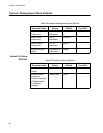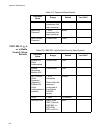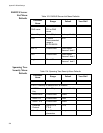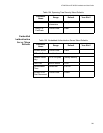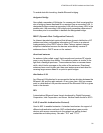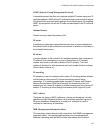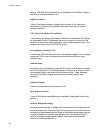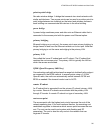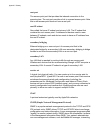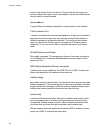AT-WA7500 and AT-WA7501 Installation and User’s Guide
333
IGMP (Internet Group Management Protocol)
A standard protocol that lets you originate multiple IP tunnels using one IP
multicast address. IGMP allows IP multicast frames to be routed to remote
IP subnets that have hosts participating in the multicast group. By enabling
IGMP, access points can act as IP hosts and participate in an IP multicast
group.
inbound frames
Frames moving toward the primary LAN.
IP router
A software and hardware connection between two or more subnetworks
that permits traffic to be routed from one network to another on the basis of
the intended destinations.
IP subnet
A single member of the collection of hardware networks that comprise an
IP network. Host addresses on a given subnet share an IP network
number with hosts on all other subnets of the IP network. The local
address is divided into subnet-number and host-number fields to indicate
which subnet a host is on.
IP tunneling
IP tunneling is used on networks with routers. IP tunneling allows wireless
end devices to roam across IP subnet boundaries without losing
connection. IP tunneling encapsulates standard IP frames with Generic
Routing Encapsulation (GRE) and forwards the frames from the root
access point on a home IP subnet to another access point on a remote IP
subnet. IP tunneling is done through the access points’ logical IP ports.
MAC address
There are two types of MAC addresses: unicast and broadcast. Unicast
specifies a single Ethernet interface, while multicast specifies a group of
Ethernet addresses. Broadcast is a variation of multicast in which a
multicast is received by all interfaces.
MIB (Management Information Base)
This repository stores network traffic information that SNMP management
programs collect. Your network administrator can use management
software interacting with the MIB to obtain information about network



